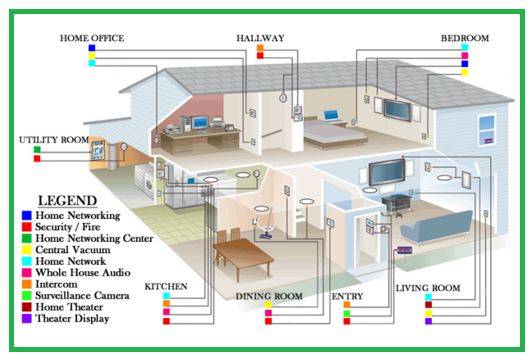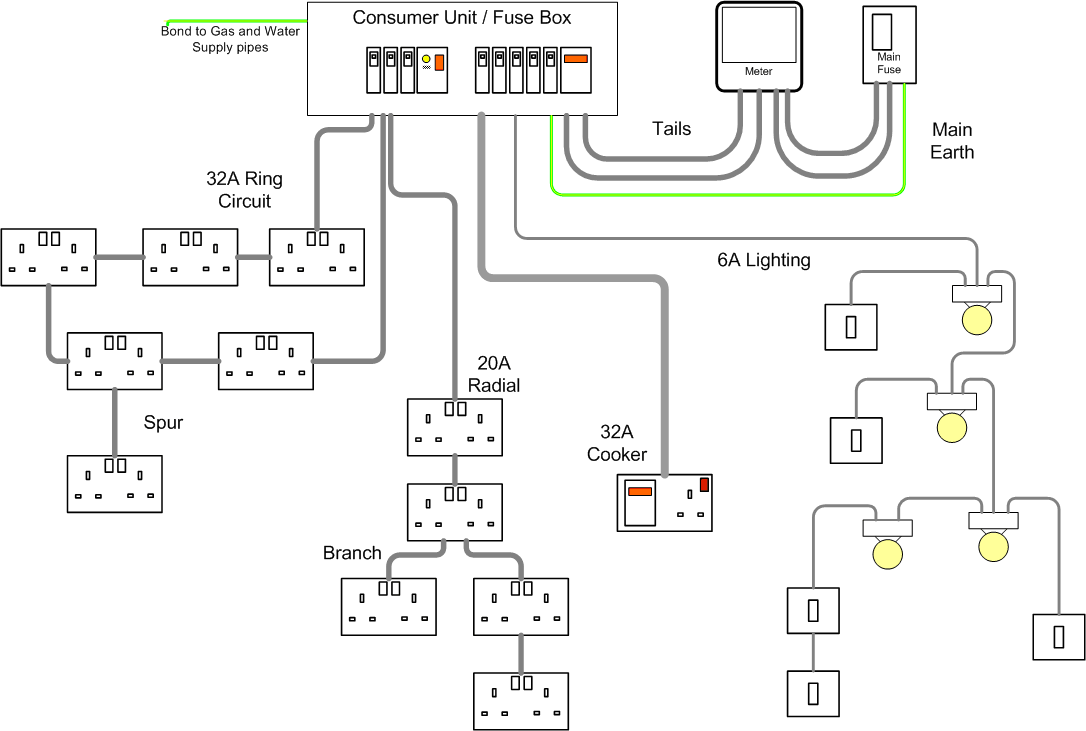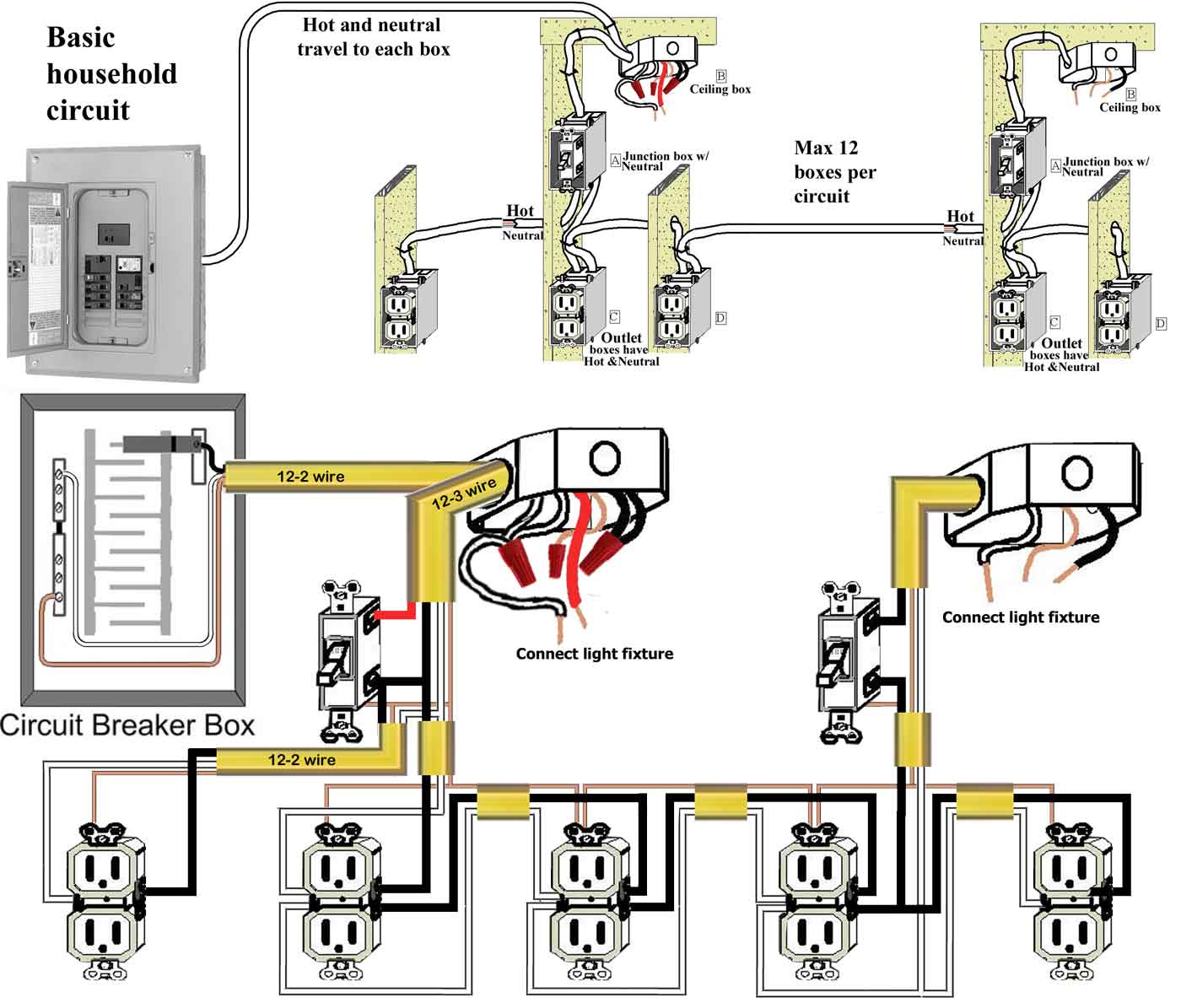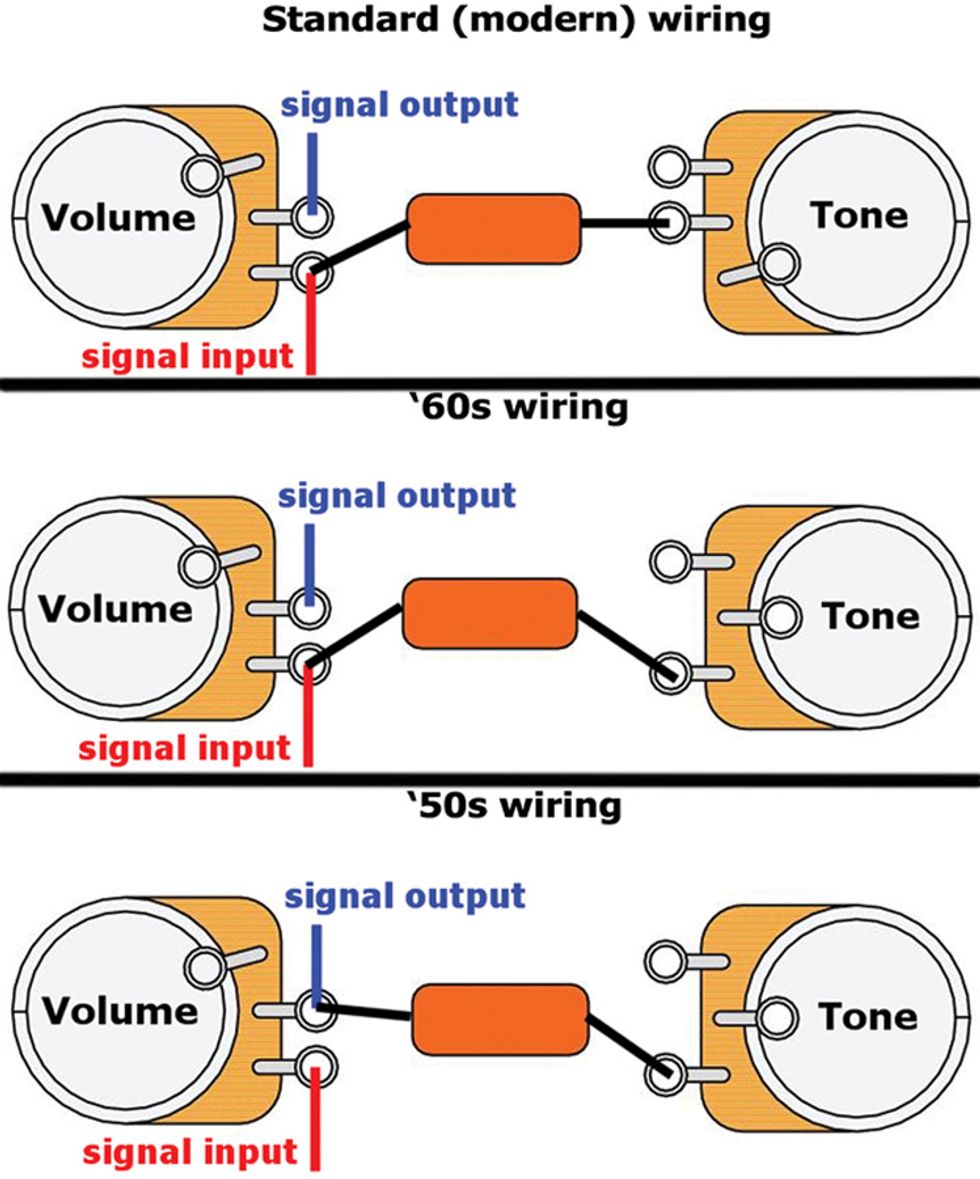Wiring typical residential electrical iguard
Table of Contents
Table of Contents
Are you in the market for a new home, or perhaps considering a renovation of your existing one? One important aspect of any residential property is the wiring that brings your home to life. Without the proper wiring, your home could face safety issues and costly repairs. In this article, we will discuss the ins and outs of typical house wiring, so you can better understand this important aspect of your home.
Pain Points Related to Typical House Wiring
When it comes to wiring in a home, there are many potential pain points that could arise if not done correctly. For instance, if wires are improperly installed or overloaded, this could lead to electrical fires. Poor wiring could also cause electrical shock, injury, and even death. Additionally, faulty wiring could result in power outages and costly repairs.
Answering the Target of Typical House Wiring
If you want to ensure your home is wired correctly, there are some basic principles you should be familiar with. First, it’s important to understand the difference between the two main types of wiring: AC and DC. AC stands for “alternating current” and is used to power most appliances and devices in your home, while DC stands for “direct current” and is typically used for smaller devices like phone chargers and flashlights. It’s also crucial to ensure that your wiring is up to code and that you seek out professional help when installing or repairing wiring in your home.
Summary of the Main Points
Overall, Typical House Wiring is a crucial element of any home that should be taken seriously. By understanding the potential pain points related to faulty wiring and the basic principles of AC and DC current, you can better ensure the safety and efficiency of your home’s electrical systems. Below, we will dive a bit deeper into some specific aspects of Typical House Wiring.
Understanding Grounding and Circuit Protection
One important aspect of proper wiring is grounding. Grounding provides a safe path for electrical current to flow back to the ground in the event of overload or electrical surge. Without proper grounding, your home could face serious safety risks. Additionally, having proper circuit protection is crucial for avoiding electrical fires and costly damage. This is typically achieved through the use of circuit breakers and fuses.
 Types of Wiring
Types of Wiring
There are several types of wiring that may be used in a residential setting, including knob and tube wiring, aluminum wiring, and copper wiring. Knob and tube wiring is an older method that is no longer used in modern homes. Aluminum wiring can be more affordable than copper wiring, but it also has a higher risk of causing fires. Copper wiring is the most commonly used type of wiring in residential settings due to its safety and efficiency.
 ### Importance of Professional Installation and Repairs
### Importance of Professional Installation and Repairs
When it comes to wiring in your home, it’s always best to seek out professional installation and repairs. A professional electrician can ensure that your wiring is up to code, safe, and efficient. Attempting DIY wiring projects could lead to serious safety risks and costly repairs down the line.
Regular Maintenance
To ensure the safety and efficiency of your home’s wiring, it’s crucial to keep up with regular maintenance and inspections. A professional electrician can provide regular check-ups and repairs, as well as recommend any updates or upgrades to your wiring systems.
Question and Answer Section
Q: What is the main difference between AC and DC current?
A: AC stands for “alternating current” and is typically used to power most appliances and devices in your home, while DC stands for “direct current” and is typically used for smaller devices like phone chargers and flashlights.
Q: What happens if your home’s wiring is not up to code?
A: Faulty wiring could result in potential safety hazards, power outages, and costly repairs.
Q: What is grounding, and why is it important for wiring in a home?
A: Grounding provides a safe path for electrical current to flow back to the ground in the event of overload or electrical surge, preventing potential safety hazards.
Q: What type of wiring is typically used in residential settings?
A: Copper wiring is the most commonly used type of wiring in residential settings due to its safety and efficiency.
Conclusion of Typical House Wiring
Overall, proper wiring is crucial for the safety and efficiency of any residential property. By understanding the potential pain points of faulty wiring and seeking out professional installation and repairs, you can ensure the longevity and safety of your home’s electrical systems. Additionally, keeping up with regular maintenance and inspections can help catch any potential issues before they become larger problems. If you’re in need of wiring services, be sure to seek out professional help from a trusted electrician.
Gallery
Typical House Wiring Diagram ~ NEW TECH

Photo Credit by: bing.com / wiring house diagram electrical typical examples questions eee community updates engineering
Typical House Wiring Diagram ~ Electrical Engineering Pics

Photo Credit by: bing.com / typical
[DIAGRAM] Suburban Rv Furnace Wiring Diagram Sf 35 FULL Version HD
![[DIAGRAM] Suburban Rv Furnace Wiring Diagram Sf 35 FULL Version HD [DIAGRAM] Suburban Rv Furnace Wiring Diagram Sf 35 FULL Version HD](https://static-resources.imageservice.cloud/5823534/best-typical-house-wiring-diagram-wiring-diagram.jpg)
Photo Credit by: bing.com / diagram furnace suburban
Cyberphysics - House Wiring

Photo Credit by: bing.com / wiring diagram house electrical diagrams circuit schematic electricity breaker parallel connected residential simple cyberphysics should symbols questions protecting term industry
Typical Residential Electrical Wiring Popular House Wiring Diagram Of A

Photo Credit by: bing.com / wiring typical residential electrical iguard
Typical House Electrical Wiring Diagram Popular Home Electrical Wiring

Photo Credit by: bing.com / wiring diagram house electrical typical diagrams inside electric popular wire
Typical House Electrical Wiring Diagram Creative Best Typical House

Photo Credit by: bing.com /
Typical House Electrical Wiring Diagram Perfect Typical Wiring Diagram

Photo Credit by: bing.com / diagrams dummies
Basic House Wiring | Non-Stop Engineering

Photo Credit by: bing.com / basic wiring house electrical circuit household engineering work
Domestic Home Wiring Diagram

Photo Credit by: bing.com / basic circuit ssp mcb dummies imageservice wireing sinhala practical tankbig





